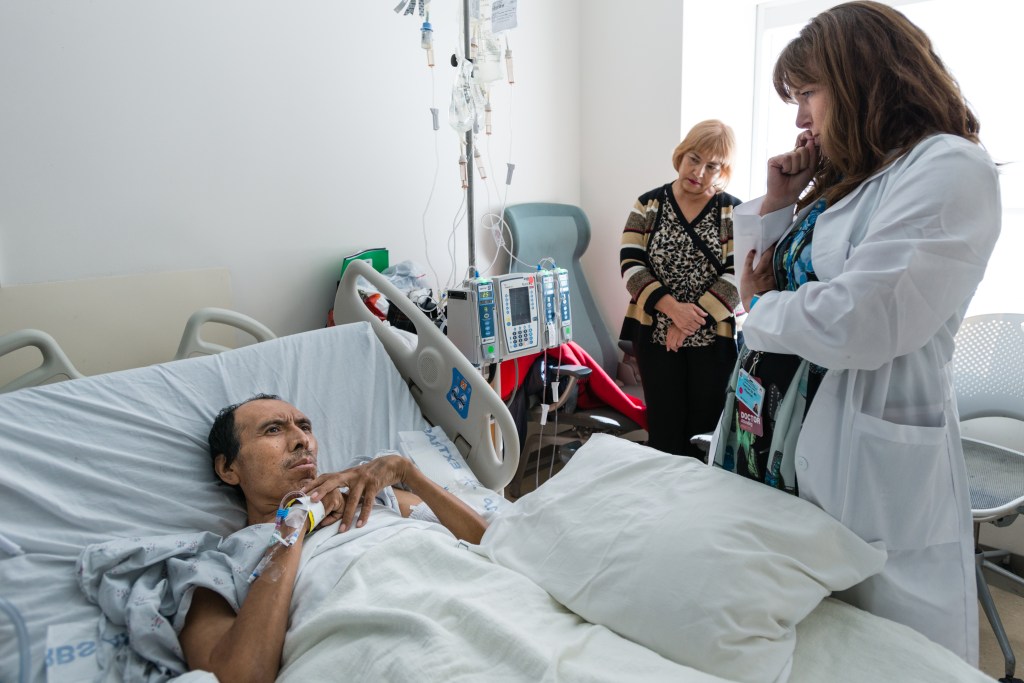Most hospitals offer palliative care services that help people with serious illnesses manage their pain and other symptoms and make decisions about their treatment, while providing emotional support and assistance in navigating the health system. But hospital programs vary widely, and the majority fail to provide adequate staff to meet national guidelines, a recent study found.
A growing body of research has shown that palliative care can improve the quality of life for patients with serious illnesses and complex, long-term needs. In one study, patients with advanced cancer who had discussions with their doctor about their wishes were less likely to die in the intensive care unit, be put on a ventilator or have cardiopulmonary resuscitation, for example.
 Insuring Your Health
Insuring Your HealthAlthough many people, including medical professionals, continue to associate palliative care only with end-of-life care, it is appropriate for many people in many settings who are living with debilitating long-term illnesses.
In 2013, two-thirds of hospitals with at least 50 beds reported having a palliative care program. At hospitals with 300 beds or more, the figure was 90 percent, according to a study published in the Journal of Palliative Medicine earlier this year.
But not all programs provide the same level of service. In the September issue of Health Affairs, an analysis of 410 palliative care programs found that only 25 percent funded teams in 2013 that included a physician, an advanced practice or registered nurse, a social worker and a chaplain, the four positions that are recommended by the Joint Commission, which sets hospital standards, including those for accreditation. If “unfunded” staffers were counted, those who were on loan from other units, for example, the figure rose to 39 percent.
Study coauthor Diane Meier, a professor of geriatrics and palliative medicine at the School of Medicine at Mount Sinai in New York and director of the Center to Advance Palliative Care, said she wasn’t surprised by the low numbers.
“There are no regulatory or accreditation requirements that enforce the staffing guidelines,” Meier said. Although the Joint Commission recommends a staffing standard, hospitals aren’t currently required to have palliative care teams in order to be accredited, Meier said.
“The hope is to shine a light on the gap in what everyone agrees is the [staffing] standard. If we’re invested in improving the quality of care, this is what it will take.”
Please visit kffhealthnews.org/columnists to send comments or ideas for future topics for the Insuring Your Health column.
KHN’s coverage of end-of-life and serious illness issues is supported by The Gordon and Betty Moore Foundation.







